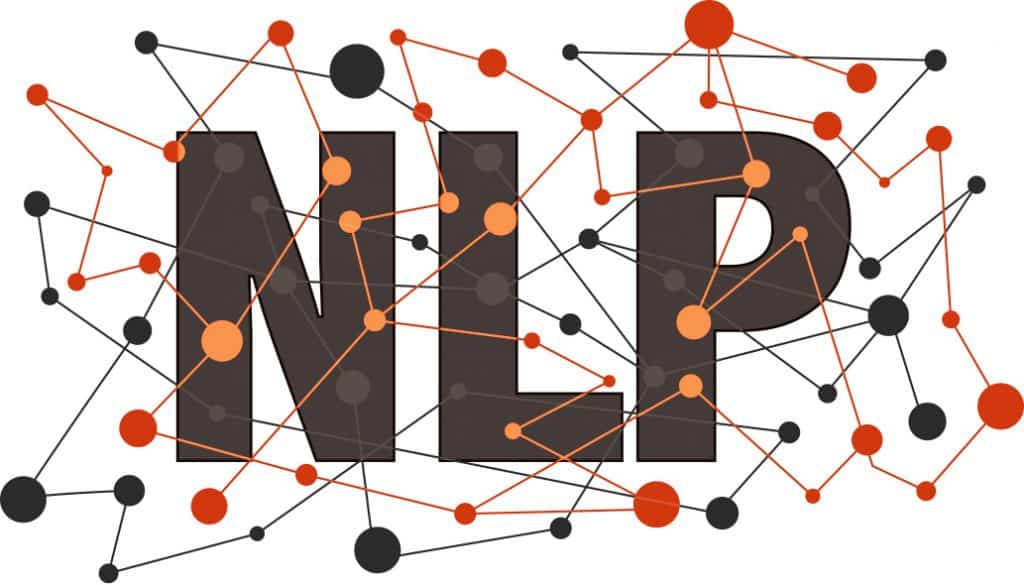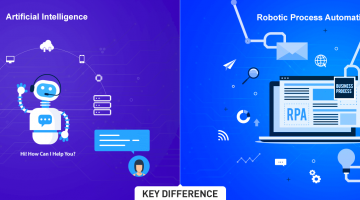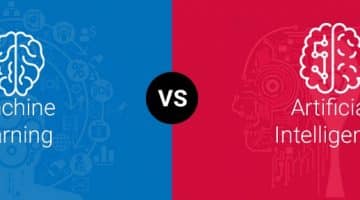The NPL which is even known as Natural language processing is an ability of the computer program to clearly understand human language about how it is spoken. The NLP is mainly a component of AI or artificial intelligence. The development of the NLP applications is quite much challenging process because of the reason that the computers traditionally need humans to simply “speak” them in the programming language which is quite much precise, unambiguous as well as highly structured, or even through the limited number of the pronounced voice commands. Moreover, Human speech, on the other hand, is not usually precise — it is quite often ambiguous and linguistic structure may also clearly depend on a various set of complex variables that includes slang, regional dialects as well as social context.
What is the working of natural language processing?
Techniques and tools
Syntax, as well as the semantic analysis, is key 2 techniques that are mainly used with the processing of natural language. The syntax is mainly the arrangement of the words in the sentence for making some kind of grammatical sense. Also, NLP uses the syntax to assess the meaning of the language based on the grammatical rules. Also the Syntax techniques are mainly used including the parsing which is also known as grammatical analysis for the sentence, also the word segmentation that helps to divide a huge piece of the text to units, also the sentence breaking that places the sentence boundaries in the huge texts as well as the morphological segmentation that divides words into the groups along with the stemming that helps to divides words through inflection to root the forms.
However, the semantics mainly involves using as well as the meaning of the behind words. Moreover, NLP also applies the algorithms to understand the meaning as well as the structure of the sentences. Moreover the techniques which NLP uses with the semantics include the disambiguation of word sense that also derives for meaning of the word based on the context, named as the entity recognition that also helps to determines words which may also be categorized in the groups, as well as the generation of natural language that will use a database that could help to determine semantics that are behind words.
Recent approaches:
As per the Current approaches to the NLP are mainly based on deep learning, kind of the AI which helps to examine as well uses patterns in the data for enhancing the understanding of the program. Deep models of the learning need the massive amounts of the labeled data that could also help to train on as well as to identify the most relevant correlations, as well as assembling such type of set of big data is one of the key hurdles to the NLP recently.
Earlier Approach
Earlier approaches for the NLP involved much more approach which are rules-based, where the simple level of the machine learning about the algorithms was told about the words as well as about the phrases to look for the in-text as well as about given specific responses while these phrases appeared. On the other hand, deep learning is quite much flexible with the intuitive approach where the algorithms learn to simply identify the intent of the speakers from various examples, almost like how does the child will learn the human language.
Three tools are commonly used for NLP that mainly include NLTK, Intel NLP Architect as well as Gensim. The toolkit of NTLK also known as the Natural Language Toolkit is mainly the open-source of the python modules with the different sets of data as well as the tutorials. On the other hand, Gensim is also the Python library for the topic modeling as well as for document indexing. Even, Intel NLP Architect is another Python library mentioned for deep learning techniques as well as topologies.
Different use of natural language processing
As per the research being done on the natural language processing that searches and revolves, particularly enterprise search. It mainly allows the users to query the sets of data in the form of the question which might also pose to some other set of the person. The machine interprets significant for the sentences of human languages, like those which might simply help to correspond to particular features in the data set as well as it also returns an answer.
NLP may also be used for interpreting the free text and also make it quite much analyzable. There is also a tremendous amount of information that is well stored in the files of free text, such as medical records of the patients, for instance. Before deep learning that is based on the NLP models, the information was completely inaccessible to the analysis of computer-assisted and could also not be analyzed systematically. However, the NLP permit analysts to simply sift through the huge and the great troves of the free text to search for the relevant information in files.
As per the Sentiment analysis is also some other primary use case for the NLP. By using the sentiment analysis, even the data scientists may also simply assess comments on the social media to check that how the brand of business that is performing, for instance, or the review notes from the teams of customer service to simply identify areas where do people wish their business to perform better. Google as well as some different base of search engines with the technology of machine translation on NLP deep learning models as it allows the algorithms for reading the text on the webpage, interprets their meaning as well as translates to some another language.
Significance of NLP
The benefit of the natural language for processing may also be seen while considering the following statements. If you use the natural language for the processing for search, the program will also help to recognize cloud computing is mainly an entity, that the cloud is an abbreviated form for cloud computing and SLA is an industry acronym for the agreement of service level.




